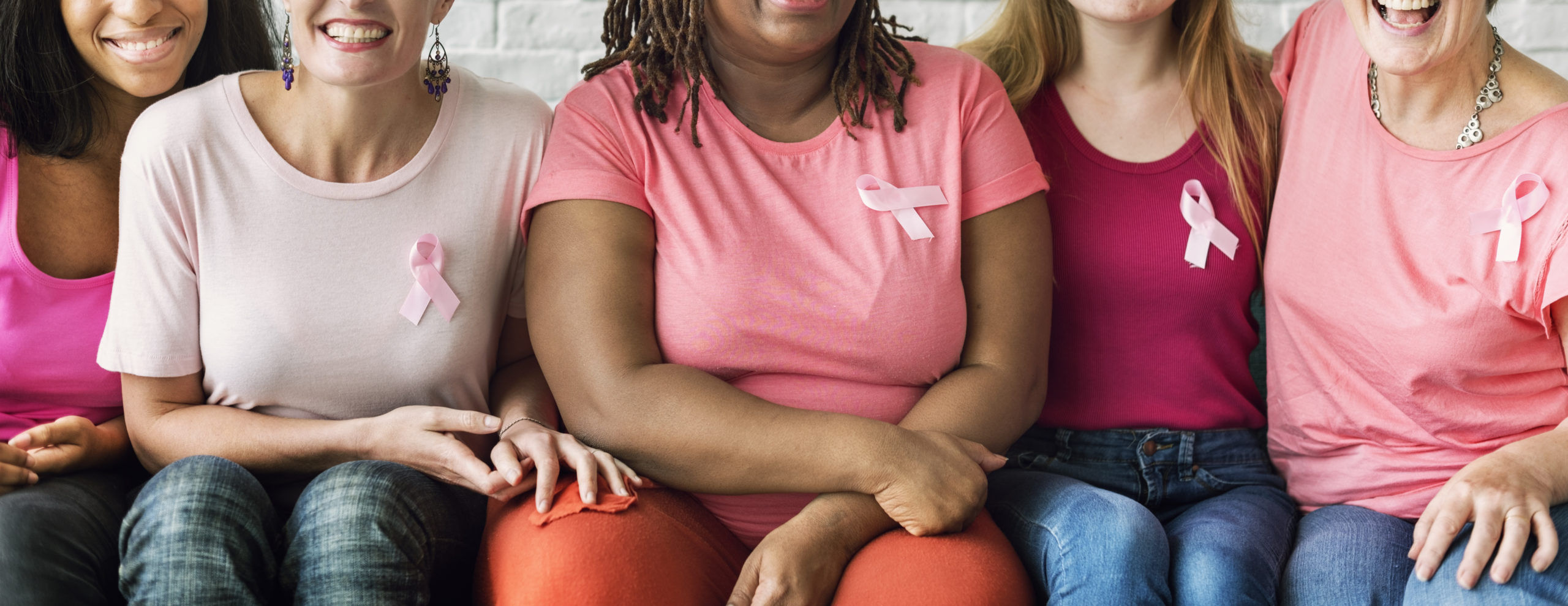Many factors can influence your breast cancer risk. And although you can’t change genetics, you can help lower your risk of breast cancer by taking care of your health. Here’s what you need to know to help your family be proactive about your breast health.
Make Dietary Changes
You’ve probably heard, “You are what you eat.” Experts say that line also rings true for breast cancer prevention. “Eat a healthy diet, including plenty of fresh fruits and vegetables,” says Jaime D. Lewis, MD, associate professor of surgery at the University of Cincinnati. As a surgical oncologist specializing in breast cancer, Lewis says limiting unhealthy fats and processed foods also helps to lower one’s risk. A diet low in processed foods and sugar as well as regular exercise have been associated with a 20% to 25% reduction in hormone positive breast cancer risk. The Mediterranean diet, which focuses on lean proteins and vegetables, is associated with a decreased cancer risk.
For a tip that’s easy to remember, eat the rainbow! A diet low in fat and full of colorful, whole fruits and vegetables is wonderful for cancer prevention. Focusing on plant-based sources of protein including beans and legumes is a great way to lower your risk for breast cancer, as well as other cancers and heart disease—the leading cause of death for women in the United States. As a bonus, it’s affordable and great for the environment. “Additionally, limit your alcohol intake — or avoid it all together — and stop smoking,” Lewis advises.
Exercise
Making daily physical activity a priority will help reduce your risk of developing breast cancer. “Adults should get 150 to 300 minutes of moderate or 75 to 100 minutes of vigorous aerobic activity a week,” Lewis says. Experts recommend you add muscle strengthening at least two days a week, as well as balance training activities. “And yes, I really do all of the above even as a busy surgeon, mom and wife!”
Maintaining or working to achieve a healthy body weight is another important step to stave off breast and other cancers, Lewis says. This includes decreasing body fat content. Fat makes estrogen, and 80% of breast cancers feed on estrogen. Lower body fat content leads to less estrogen running through the body, decreasing a person’s risk of developing breast cancer. Both aerobic exercise, such as biking or walking, and strength exercises help decrease body fat content. Doing these activities as a family can help your kids also learn healthy habits that they can carry into adulthood!
Consider Vitamins
Research suggests that low vitamin D levels are associated with increased breast cancer risk. Taking vitamin D supplements can help maintain healthy levels. Experts warn against hormone replacement therapy, for anti-aging or other purposes, which can actually increase breast cancer risk. Women should only take hormone replacement therapy if they have symptoms that are not alleviated with other medicines.
Early Detection
The American College of Radiology and the Society for Breast Imaging recommend annual screening mammography beginning at age 40. “Breast cancer screening exams and imaging should be personalized to an individual’s risk level and would recommend that women discuss with their health care providers,” Lewis says. “There are numerous organizations, and websites such as breastcancer.org, that also provide general guidelines for care.”
Tomosynthesis, or 3-D mammography, is widely available and helps radiologists to detect subtle cancers, leading to early diagnosis and treatment. Additionally, tomosynthesis allows breast imaging specialists to call back fewer women for additional imaging after screening mammography. Talk to your doctor about supplemental screening exams, such as automated whole breast ultrasound and screening breast MRI, which are widely available at radiology practices in central Indiana.
High-risk individuals may have a strong family history of breast cancer; genetic counseling and testing can help you learn more about your body and find out if you carry a breast cancer gene. Additionally, if you have ever had a breast biopsy that had ‘atypia’ (abnormal cells), you are considered high risk. Lewis recommends having a formal risk assessment with an expert and discussing options for risk modification — lifestyle changes, chemoprophylaxis and possibly surgery. If you are formally screened and are identified as high-risk, insurance should pay for annual breast MRI in addition to mammography. Some women choose to undergo screening breast MRI even if they are at average risk.
Finally, make sure the men in your life are aware that they, too, can develop breast cancer, Lewis says. Approximately 1% of breast cancer diagnoses in the U.S. are in men. If any person feels or sees a change in breast shape or size, in the axilla (underarm area), notices nipple discharge, or just feels that something isn’t right, they should talk to their doctor.




